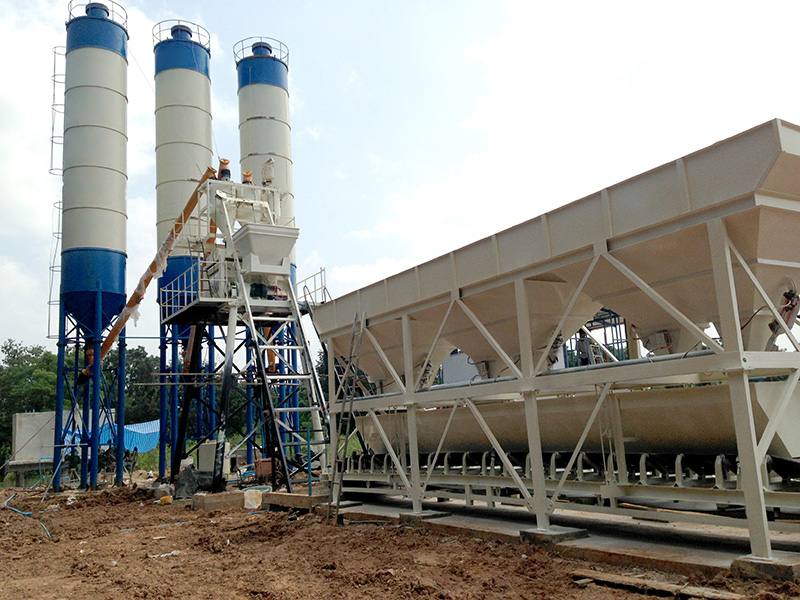Concrete is an essential construction material. Its production employs a wide range of raw materials, including water, sand, cement, and gravel. Furthermore, investors may use it in different forms like dry, wet, or concrete blocks, depending on the need. The primary machine used in manufacturing this product is a concrete plant. The unique needs in the market have propelled the manufacturing of different types of the device. The devices feature an aggregate bunker, a cement silo, mixer, weighing scale, feeding tape, and water storage area. Depending on your needs, you can settle for electronic, hydraulic, pneumatic, and mechanical versions of the machine. The two distinct categories of the concrete batching plants include the stationary and mobile versions. The fixed design majors in large-scale production of the end product as they have configuration fit for delivering large quantities of concrete. However, the movement limitations and extra costs in transporting the output caused a need for making the mobile versions. These types have a lower capacity but can efficiently deliver through proper placement. Time and the working area play a huge role in determining which option ideally works for your case. Below are the commonly used types of concrete plants for sale(plantas hormigon) in construction projects.

Stationary Concrete Batching Plant.
The stationary design is one of the first inventions of concrete plants. The set of machines focuses on large-scale production in industrial areas. However, investors have to spend more while setting up the device. Furthermore, you require a large extent since they must leave room for storage of raw material. Some of them, like cement, need special storage to prevent exposure to atmospheric elements. Also, you have to create additional space for the storage of the material within the appropriate temperature. The device produces concrete in large batches(planta de hormigon elaborado). It is flexible to meet any unique demand.
Self-loading Concrete Mixer.
The self-loading design is the latest addition that has faced positive reception in the market. As the name suggests, the machine can independently load the raw material into the mixing chamber, combine the items to form the desired output, and discharge it onto a nearby store location. The purchasing price is relatively higher compared to the rest in the category. However, its operations are affordable since it features a computerized operating system. The appliance comes in a truck, thus better movement, and you can access any terrain without setbacks. Production is timely and accurate. The driver alone can manage to deliver since it’s user-friendly. One limitation with this device is the lower production volume hence suitable for sites that require concrete in minimal batches.
The list of concrete batching variations is endless. Evaluation of your business is paramount before you start assessing the available options. It is essential to learn more about your location, demand, quality, and type of end product from AIMIX Group. You can optimally benefit from the machine if you use it in relevant construction projects. The devices can suitably fit in a wide range of applications, including the construction of roads, bridges, dams, tunnels, and buildings with numerous floors.
More info: https://aimixgrupo.com/instalacion-de-una-planta-mezcladora-movil-aimix-ajy35-en-uzbekistan/
